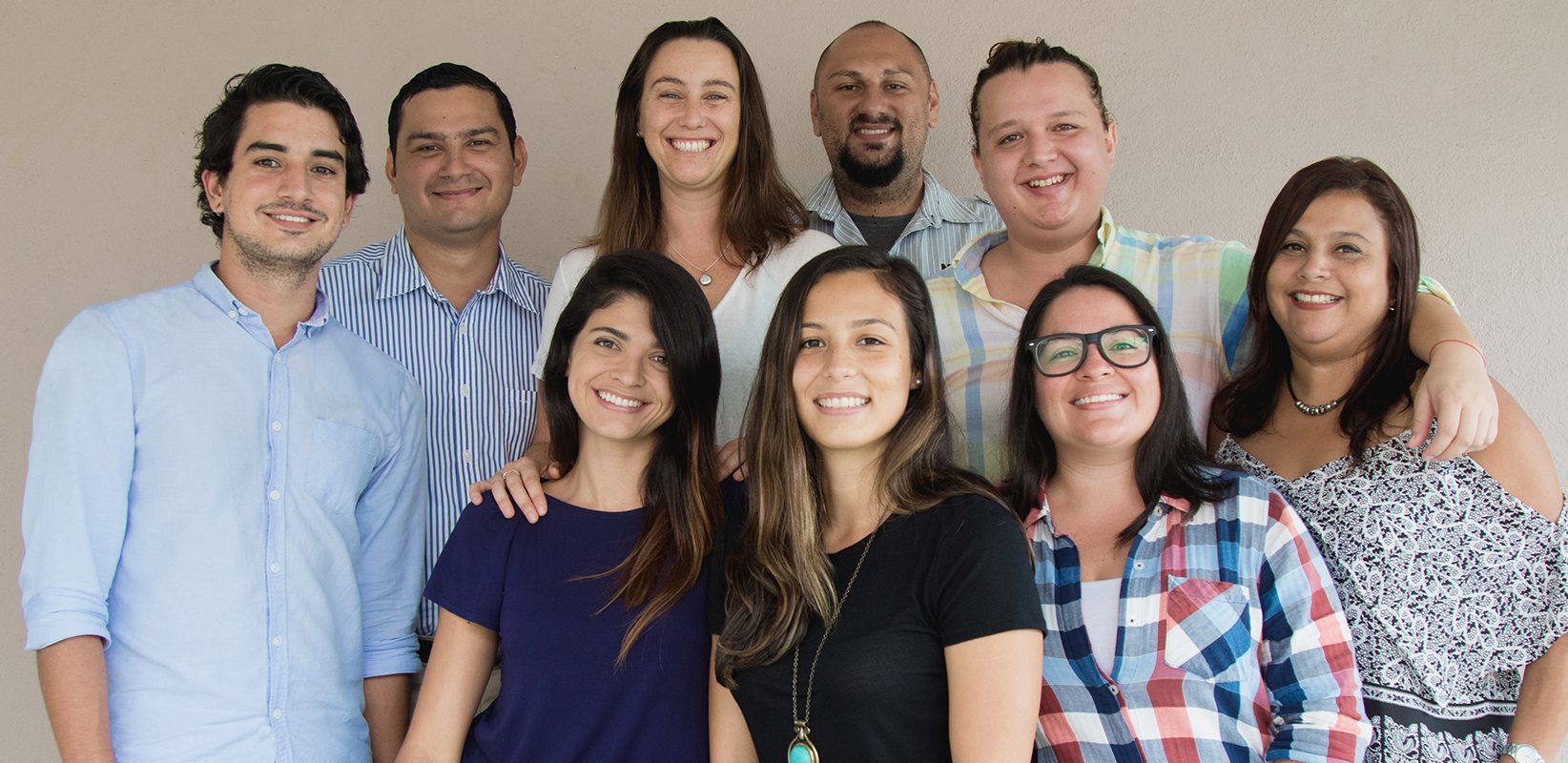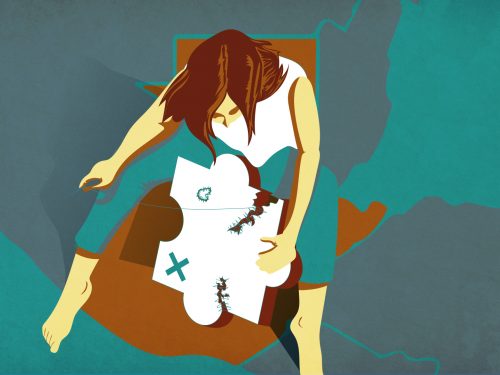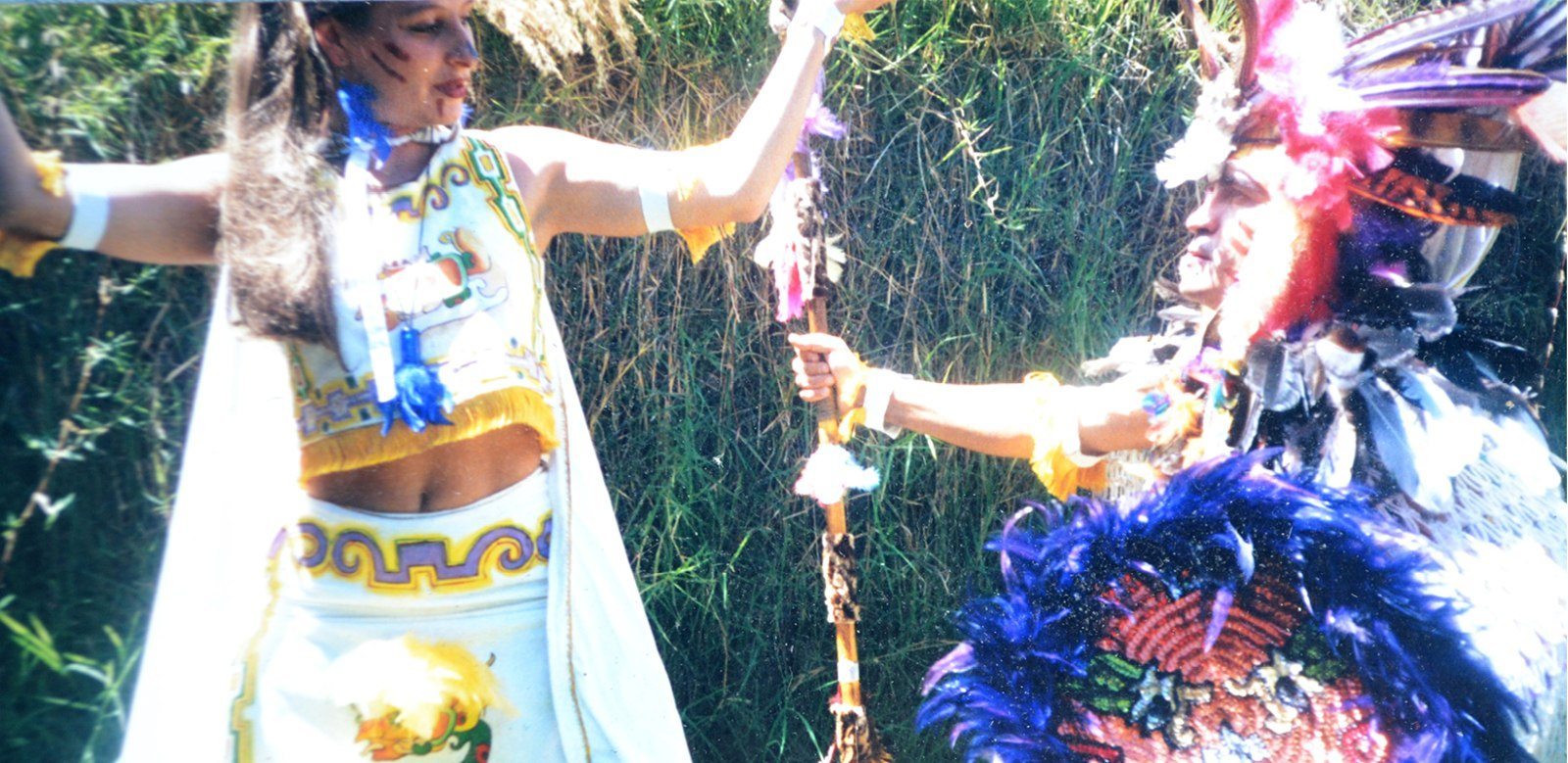
I remember sitting in front of the television when I was a five-year-old girl and watching soap operas like Dos mujeres, un camino (Two Women, One Path). Mom says that children’s programs used to bore me but that I would watch soap operas drooling with concentration.
At age nine, I saw La usurpadora, at age 11 Betty la Fea, at age 13, Amigas y Rivales. The list goes on with the same theme of women hurting other women over the love of something that was usually a man who, at the end of it all, turned his back on them.
We didn’t have cable at our house. We didn’t have the money for those kinds of luxuries. We barely had enough to pay Evelyn, the girl who took care of me and with whom I would prematurely talk with about boys that I liked and who got pregnant at age 17 (when I was nine and liked a chubby boy who bullied me because he thought that kids who fight like each other.)
I grew up, like many of my friends, talking about the episodes of the soap operas that were popular at the time, innocently fed by the discourse of jealousy toward other women and of submissiveness to men.
But there was something that stopped me from becoming the prototypical women of the soap operas: my mother, my teachers and my high school and university professors that told us that we were smart, important and deserving of the same things that men had and that we could become whatever we wanted.
My best friends in life are women and we have had good moments and bad ones, but all the memories that I have are full of alliances, complicity, love and the desire to see the other succeed.
But when I arrived at The Voice two years ago I realized that a piece of the puzzle was missing. I didn’t know how to be a leader alongside other women. I felt like I was constantly racing against time to prove that I could do things well, that I could do things alone and even that I was better. It was Nadia fighting with her best friend over their love for a man in Amigas y Rivales, only that in this case it wasn’t a man, but a job, that was in the middle.
I was reproducing what I heard from male friends when I used to work in a magazine directed to women. “They are all women? I can already imagine the fighting.” Or what a neighbor told me when we had a minor car accident the other day. “Typical, a woman.” Or what may think when we need someone in traffic to let us in: “If it’s a woman, I don’t let her in.”
I realized this alone, in time, but also with the support and recognition of Emiliana Garcia, our managing editor, who taught me through her actions that we can complete tasks together, without competing, because we were working toward the same goal of giving Guanacaste the journalism it deserves. And with Jenny Vega, our tireless sales director, who we work with everyday to build a sustainable and healthy newspaper, not to make money but to create the best newspaper we can every month.
When I have doubts along the way about how to make the best decision, I tap into the box of lessons that I picked up from other editors, my role models Thais Aguilar and Eugenia Soto, who were always willing to show me the light along my journey.
Today, three women at the The Voice of Guanacaste lead a team of incredible men and women that are willing to give the best of themselves for the community. Together with Andrea Rodríguez, Noelia Esquivel and Margarita Quesada – as well as Roberto Acuña, Roberto Cruz, Wilberth Villalobos and César Arroyo – we have been able to form part of global investigations, we have won national and international awards in journalism, fellowships to attend the most prestigious workshops in the field, and grants to develop projects with communities.
Fortunately, we aren’t the only ones. Other organizations like Mente encourage the participation of women in technology with other women leading the project. The initiative Global Shapers, a group of innovative youngsters, is also made up in large part by female leaders and entrepreneurs. For the upcoming elections, a group of young people has led a platform created in 2014 called Jale a Votar which seeks to inspire other young people to vote. Women lead the vast majority of the platform’s projects.
The list goes on with other examples of private initiatives such as Urbarium, with top positions held by women. It was born 20 years ago to promote development in communities through dignified housing. Other examples come from the public sector, like the vice-presidency of the republic that pushes projects like Puente al Desarrollo and is an offie where the majority of advisers are women working together.
This March 8, International Womens Day, I can say with pride that we are a living example that women are able to work together, lead together, share the same path and walk along it together.







Comments